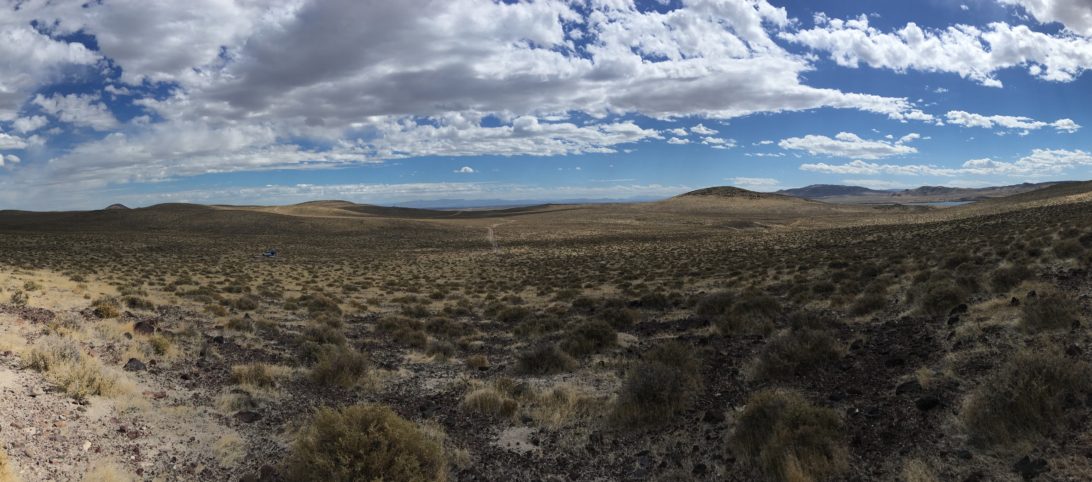
Generating Arabidopsis triple and quadruple mutants (and beyond) requires stamina. the mind-numbing process can be made less time-consuming by doing on-plate DNA extraction with an SDS-free extraction method, as put forth in a Ronan O’Malley et al. paper (“guide to the t-dna insertion collection” approximately). They use steel balls and a paint can shaker to achieve tissue disruption, whereas I use a PCR plate with zirconia beads after deep-freezing the leaf sample (partially submerge plate on metal plate rack in ethanol+dry ice). I then add 300ul TE with 100mM NaCl (roughly per O’Malley), vortex a bit, and spin down the plate at 4000 RPM in an eppendorf 5804. The trick post-spin is take only the very top to avoid contaminating debris. I took ~50ul here, adding it to a new plate where I’d crudely pipetman’d out 200ul cold isopropanol. Once done with this, I store o/n in the freezer, spin down at high speed as before the next day, and then decant as much iso as possible. From here, I do a 70% EtOH wash and spin as before, then dry the samples out. I found ramming air into the plate was the only way that worked for me… I titled the plate at one of our PCR vents and the remaining traces of alcohol slowly evaporated. It took a long time to dry. I resuspend in 50ul EB and proceed with PCR using multichannel pipets and life is good.
NB: I use adhesive foil for PCR plates to cover the samples for all these steps. The foil dents heavily during the vortex, but doesn’t break open.
Once ready to run the samples on a DNA gel, you can cast the gel with an appropriately-sized comb to further streamline the process. I use a 26-well format from Biorad in their sub-cell electrophoresis get-up, then load WT in even positions, with mutant in odd positions (something I realize the O’Malley paper also recommends!)
